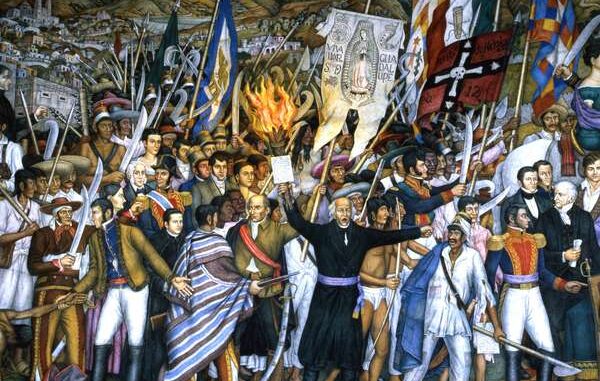
By: Nicholas Tamas-Orlandea
September 15 to October 15 is National Hispanic Heritage Month. This observance honors the work and influences of Hispanics and Latinxs in the United States. One way to learn about Hispanic/Latinx culture is by looking back at the struggles Latin American countries had to endure in fighting for their independence.
September 7, 1821, Brazil; Portugal’s parliament wanted keep Brazil as a colony but Dom Pedro I, the son of Dom John VI, resisted these efforts and declared independence near São Paulo. Pedro later became the emperor of Brazil in December of the same year.
September 15, 1821, Costa Rica, El Salvador, Guatemala, Honduras, and Nicaragua; A congress of Criollos in Guatemala City composed the Act of Independence of Central America to declare the region’s independence from the Spanish Empire, which came effective in September of the same year. Today, that date is recognized as Independence Day by most Central American nations.
September 16, 1810, Mexico; The Mexican War of Independence begins with the Cry of Dolores. This occurred when Roman Catholic priest Miguel Hidalgo y Costilla rang his church bell to give the call to arms, which triggered the uprising against Spain.
September 18, 1810, Chile; In 1808, Napoleon’s French armies invaded Spain and Ferdinand VII, the king of Spain, was captured. Years later, Chile would begin its revolt against Spain.
To help contribute to Hispanic Heritage Month at Dominican University, please visit the Center For Cultural Liberation, the Organization of Latin American Students, and the University Ministry.



